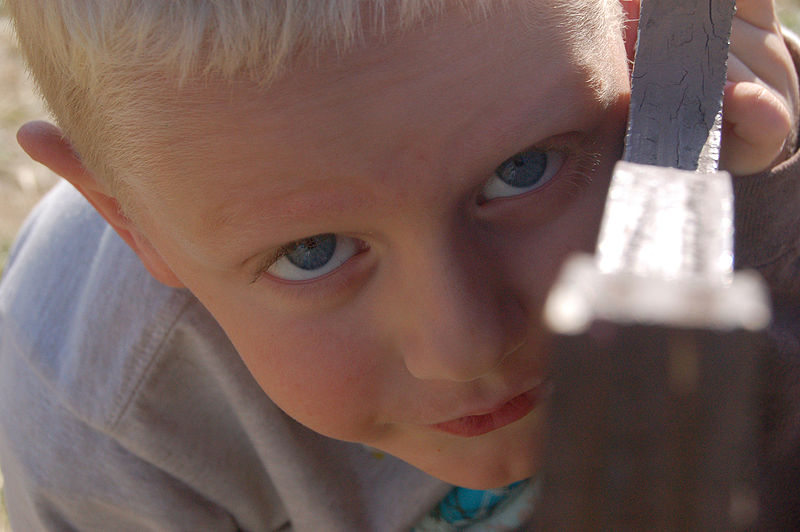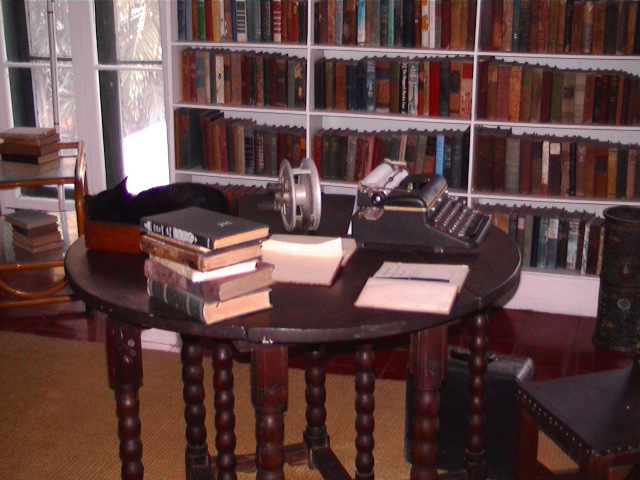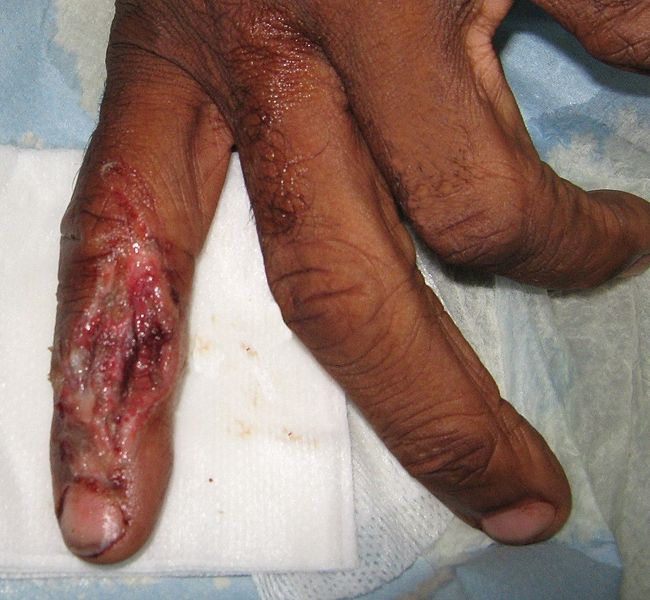
Photo by Cgs
Characters are the lifeblood of any story. With some exceptions, characters more than plot are what keep a reader turning the page; the characters we love and the characters we love to hate are what call us back to our books time after time, more so than the most princely of prose, setting or scene.
The challenge for us writers is to create someone memorable, fully-realized, and flawed, a person on the page who feels as close to a real flesh and blood human being as possible, and then maybe a little more than that, someone just a little bit larger than life. No easy task.
So how do we go about building such a creature, what is the process? Do we cherry pick the traits and personalities of our friends and family and stitch them together into a kind of Frankenstein’s monster? Start from scratch and sketch out character bios, covering birth to death and everything in between? I’ve found that both strategies can be helpful, but I’m the kind of writer who can only write about a character for so long. However, before I thrust my creations into the actual story, whatever their current shape, and discover who he or she is along the way, there is one final step in the development process I like to undertake.
I spend a day as my main character. Talking, behaving, thinking, reacting, and doing just like he or she might.
Cam Hanson, the 15-year-old main character of the novel I just finished, spends a good deal of time sitting in on therapy sessions with the intention of facilitating them before he sees 16. So I had a great time doing the same thing with therapy sessions out here. Of course I had to do about 30 of them in order to cobble together a near half hour’s worth of experience, but it was worth it despite all the hysterical people and the tears. Some people out there are pretty messed up.
This character-building process was a bit more difficult with Vicky, the main character from my short story Go Tina! Go Tina!, as she’s a thirty-something woman who impersonates her teenage daughter and tries out for the high school cheerleading squad. One day in spanks is plenty for me, although I was proud of my L-stand and almost made it to the top of the pyramid before the police dragged me away.
In my new work, a YA paranormal horror novel called The Shaded, my main character Robbie Rapp discovers he’s a demon-human hybrid and has developed certain special powers. And so I’ll be spending a day in the near future trying to turn myself into shadows, walking through walls, and running from people I believe to be members of the sinister occultist organization who want to clone me and then kill off the original. If you live in Los Angeles, keep an eye out for me this weekend.
If I could be a fictitious character for one day it would probably be Roald Dahl’s Henry Sugar, who trains himself to see through the backs of playing cards and makes millions at casinos around the world. Yes, I would also donate the money to orphanages like Henry does, but I’d probably sock a few hundred thousand away for future outings as other characters, and for bail money.
What about you? Who are your favorite characters from the world of fiction? Who would you like to be for a day?
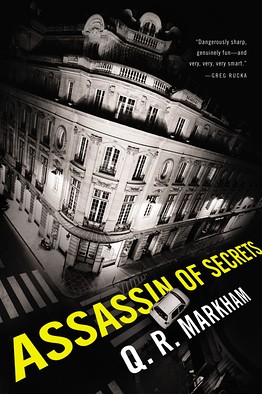


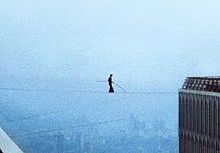

 So I’ve finally succumbed and joined the Twitter army (@bryanhilson, if you care to follow me). In the spirit of having enough content to throw against the virtual wall–if you don’t tweet several times a day you might as well not exist–I’ve come up with a new service for writers and non-writers alike.
So I’ve finally succumbed and joined the Twitter army (@bryanhilson, if you care to follow me). In the spirit of having enough content to throw against the virtual wall–if you don’t tweet several times a day you might as well not exist–I’ve come up with a new service for writers and non-writers alike.